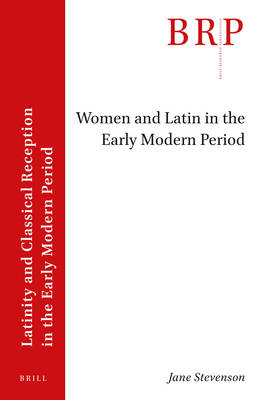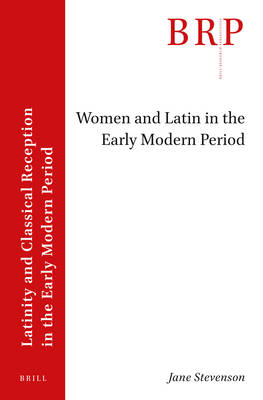
- Afhalen na 1 uur in een winkel met voorraad
- Gratis thuislevering in België vanaf € 30
- Ruim aanbod met 7 miljoen producten
- Afhalen na 1 uur in een winkel met voorraad
- Gratis thuislevering in België vanaf € 30
- Ruim aanbod met 7 miljoen producten
Zoeken
Omschrijving
The first early modern women Latinists lived in mid-fourteenth century Italy, and were educated as diplomats. By the fifteenth century, other upper-class women were educated in order to perform as prodigies on behalf of their city. Both strands of education for women spread to other European countries in the course of the sixteenth century: the principal women humanists were either princesses or courtiers. In the seventeenth century Latin lost its importance as a language of diplomacy and was no longer needed at court, but there was still a place for the 'woman prodigy', and a variety of women performed in this way. However, the productions of seventeenth and eighteenth-century women Latinists are more extensive and more varied than those of their predecessors, and include scientific writing and ambitious translations. By the mid-nineteenth century the integration of studious women into the wider academy was well under way.
Specificaties
Betrokkenen
- Auteur(s):
- Uitgeverij:
Inhoud
- Aantal bladzijden:
- 124
- Taal:
- Engels
- Reeks:
Eigenschappen
- Productcode (EAN):
- 9789004529755
- Verschijningsdatum:
- 15/09/2022
- Uitvoering:
- Paperback
- Formaat:
- Trade paperback (VS)
- Afmetingen:
- 150 mm x 234 mm
- Gewicht:
- 158 g

Alleen bij Standaard Boekhandel
+ 256 punten op je klantenkaart van Standaard Boekhandel
Beoordelingen
We publiceren alleen reviews die voldoen aan de voorwaarden voor reviews. Bekijk onze voorwaarden voor reviews.








